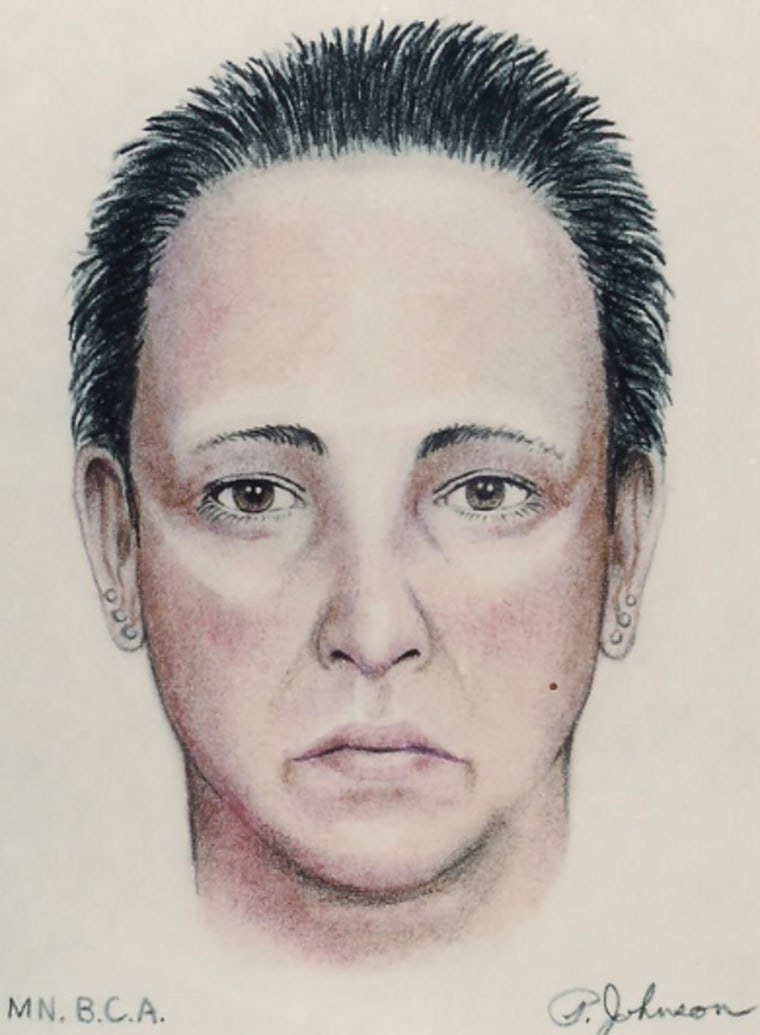Decades-Old Mystery: DNA Breakthrough Could Finally Identify 'Bone Lake Jane Doe'

For over 30 years, the identity of a woman found dead in Bone Lake, Minnesota, has remained a haunting mystery. Now, authorities are hopeful that advancements in DNA technology will finally bring closure to this cold case, known as the 'Bone Lake Jane Doe' investigation.
The grim discovery began on June 12, 1993, when a woman's head was found floating in the waters of Bone Lake in Scandia, a small city east of the Twin Cities. The following day, a foot was recovered from the banks of the Mississippi River, not far from where the head was discovered. Despite extensive efforts, the woman has never been identified, leaving a lingering sense of unanswered questions and unresolved grief.
The Initial Investigation & Challenges
The initial investigation was hampered by the lack of identifying information. There were no witnesses to the events leading up to her death, and the body was significantly decomposed, making traditional identification methods difficult. Law enforcement agencies meticulously examined the remains, hoping to uncover clues that could lead to an identity. They cataloged dental records, fingerprints, and any distinguishing characteristics, but all leads proved fruitless.
The Power of DNA and Modern Forensics
For years, the case remained dormant, a file gathering dust in a cold case unit. However, the landscape of forensic science has dramatically changed. Advancements in DNA technology, particularly forensic genealogy, offer new hope for solving previously unsolvable cases. Forensic genealogy involves using DNA extracted from unidentified remains to search genealogical databases, identifying potential relatives and building family trees. This process can then lead investigators to potential matches and ultimately, the identity of the deceased.
Renewed Hope and the Path Forward
Minnesota authorities are now leveraging these cutting-edge techniques in the 'Bone Lake Jane Doe' case. DNA samples have been submitted to specialized laboratories that utilize forensic genealogy services. The process is complex and time-consuming, requiring careful analysis and verification. However, investigators are optimistic that this new approach will finally reveal the woman's name and provide answers to her family, who may be unknowingly searching for a missing loved one.
“We are committed to utilizing every available resource to identify this woman,” stated a spokesperson for the Minnesota Bureau of Criminal Apprehension. “The advancements in DNA technology give us a renewed sense of hope that we can finally bring closure to this case and provide answers to those who deserve them.”
The 'Bone Lake Jane Doe' case serves as a stark reminder of the enduring impact of unsolved mysteries. As technology continues to evolve, so too does the potential for justice and the hope of bringing closure to families affected by tragedy. The case remains open, and authorities urge anyone with information, no matter how seemingly insignificant, to come forward.






